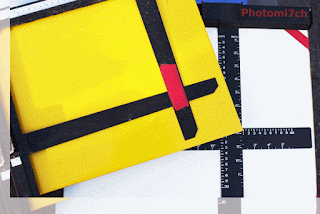 |
| German Fleet at Scapa flow |
It is a
grey day as a young lad stands near the cliff edge on Hay one of the Orkney
islands. He looks
out over Scapa flow that is crowded with ships. The German fleet has been
interned. He has heard that the war is over and that is why they are all here
at the Navy’s most northerly base and guard to the North Sea.
While the
boy is sat a top the cliff eating a bread and dripping sandwich, his eyes are
drawn to some flashing lights, it looks like all the ships are winking at each
other, little does he know that this is the order from rear admiral Von Reuter
to his commanders confirming orders to scuttle the fleet. He looks on day
dreaming about what life may be like now that the war has ended. He suddenly
notices that all the ships he can see are flying the Imperial German Ensign
from their main masts. While he looks on there are lots of small boats moving
between the ships, if only he had a telescope he would be able to see what is
going on in more detail but he still hasn’t got enough pocket money saved.
 |
| Whaling boat stranded on Battle Cruiser Moltke |
The German
sailors had been preparing for the scuttling for some days by drilling holes in the bulk heads to help the
passage of water through the ships. Once the order was given sea cocks and
flood valves were opened, internal water pipes were smashed and all water tight
doors and portholes left open. It was not until midday that the scuttling was noticed. Friedrich der Grosse was seen listing heavily
to starboard. What remained of British naval forces at Scapa flow navel base
sprang into action, but they were limited in the force they could take since the
leaving of the fleet the day before . It was not until twenty minuets after
midday that Admiral Fremantle on manoeuvres with the fleet received a message that the German fleet was
sinking. He immediate turned round and steamed back at full speed to Orkney. He
radioed ahead to order all available boats to try and stop as many ships
sinking as possible. By the time Admiral Fremantle returned it was only the
large battle ships that were still partly afloat. The last ship to sink was the
battle-cruiser Hindenburg at five o'clock.
 |
| Battle cruiser Seydlitz |
The young
boy up on the cliff had lost all track of time it was getting late, he would be
'for it' by the time he got home, with a clip round the ear from his mum. He
had resigned himself to it but had a great story to tell his friends when he
got to school the next day. On his way home he wondered what those faint
popping sounds were. The tragedy of those sounds were that nine Germans were
killed and sixteen wounded when the British boarded their ships to stop the
sinking's.
 |
| Battleship Bayern listing heavily |
I know you
are probably thinking what has this got to do with photography. The funny thing
is this was all sparked off by an article in Black and white Photography
magazine about post cards. Which lead me to a box of cards that was given to me by my Gran. In among
them are a collection of twenty pictures of ships, of these fourteen show the
sinking of the German fleet at scapa flow at the end of the Great War. The
photographer who took these shots probably used 127 or 120 format film in a box
Browne or fold out camera of the time.
For more information on the Sinking of the fleet.
